-
 +15 +1
+15 +1SpaceX's Starlink satellites are about to ruin stargazing for everyone
SpaceX's satellites will populate the night sky, affecting how we observe the stars. And this is just the beginning of private satellite mega-constellations.
-
 +18 +1
+18 +1Why stargazing is the perfect spiritual practice during the Coronavirus lockdown
If nothing else, the global pandemic of the Coronavirus has slowed the world down and in effect, our minds too. In our socially-distanced states, we are bound to be thinking more about what we are doing in our lives, where we are heading, and what our futures will entail, both collectively as a planet and as individuals.
-
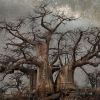 +27 +1
+27 +1See the world’s oldest trees by starlight
Beth Moon slept under ancient baobabs and waited out the clouds to photograph Earth’s arboreal beauty at night. By Catherine Zuckerman.
-
 +17 +1
+17 +1Idaho hopes to bring stargazers to first US dark sky reserve
Tourists heading to central Idaho will be in the dark if local officials get their way. The first International Dark Sky Reserve in the United States would fill a chunk of the state's sparsely populated region that contains night skies so pristine that interstellar dust clouds are visible in the Milky Way.
-
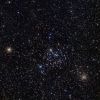 +6 +1
+6 +1M35 (NGC 2168)
Open cluster in Gemini
-
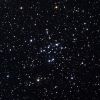 +17 +1
+17 +1M34 (NGC1039)
Open cluster in Perseus
-
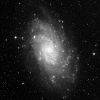 +28 +1
+28 +1M33 (NGC 598, Triangulum Galaxy)
Located in the costellation Triangulum
-
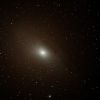 +17 +1
+17 +1M32 (NGC 221)
Elliptical galaxy in Andromeda
-
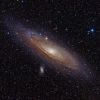 +15 +1
+15 +1M31 (NGC 224, Andromeda Galaxy)
Sb type galaxy in the constellation Andromeda
-
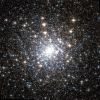 +26 +1
+26 +1M30 (NGC 7099)
Globular cluster in Capricorn
-
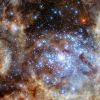 +22 +1
+22 +1Tarantula Nebula: Hubble spots nine 'monster' stars with masses 100 times that of the Sun
The Hubble Space Telescope has identified nine monster stars in outer space, all with a mass of over 100 times that of the Sun. The stars are part of the cluster R136, and have become the largest group of massive stars ever found. The star cluster is located 170,000 light years from Earth, and the findings will help astronomers learn about the origin of giant stars. The report was published in the Monthly Notices Of The Royal Astronomical Society.
-
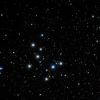 +10 +1
+10 +1M29 (NGC 6913)
Open cluster in the constellation Cygnus
-
 +30 +1
+30 +1See a Stunning New View of the Milky Way
Astronomers stitched together more than 700 maps to create the most detailed image ever of our galaxy from the Southern Hemisphere. [Big]
-
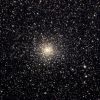 +11 +1
+11 +1M28 (NGC 6626)
Globular cluster in Sagittarius
-
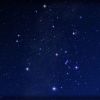 +18 +1
+18 +1Asterism - Winter Hexagon (Winter Circle)
Comprised of the stars Rigel, Aldebaran, Capella, Castor and Pollux, Procyon and Sirius
-
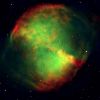 +25 +1
+25 +1M27 (NGC 6853)
Also known as the Dumbbell Nebula, M27 is located in the constellation Vulpecula
-
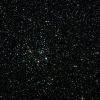 +9 +1
+9 +1M26 (NGC 6694)
Open cluster in the constellation Scutum
-
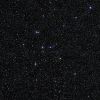 +13 +1
+13 +1M25 (IC 4725)
Open cluster in Sagittarius
-
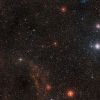 +10 +1
+10 +1Mercury, Venus, Mars, Jupiter & Saturn all align for first time in 11 years
Earthlings can now observe a rare celestial gathering: Mercury, Venus, Mars, Jupiter and Saturn are all in alignment in our sky - and will continue to be for around a month. The last time the five paraded in a line was December 2004 to January 2005. From January 20 to February 20 sky-gazers can see the five planets almost literally lined up, as their positions along the ecliptic (the sun’s perceived path in our sky) form a diagonal line.
-
 +30 +1
+30 +1Why Stars Seem Brighter this Time of Year
No matter where you are on Earth on December, January and February evenings, you're looking toward bright stars in our local spiral arm.
Submit a link
Start a discussion




















